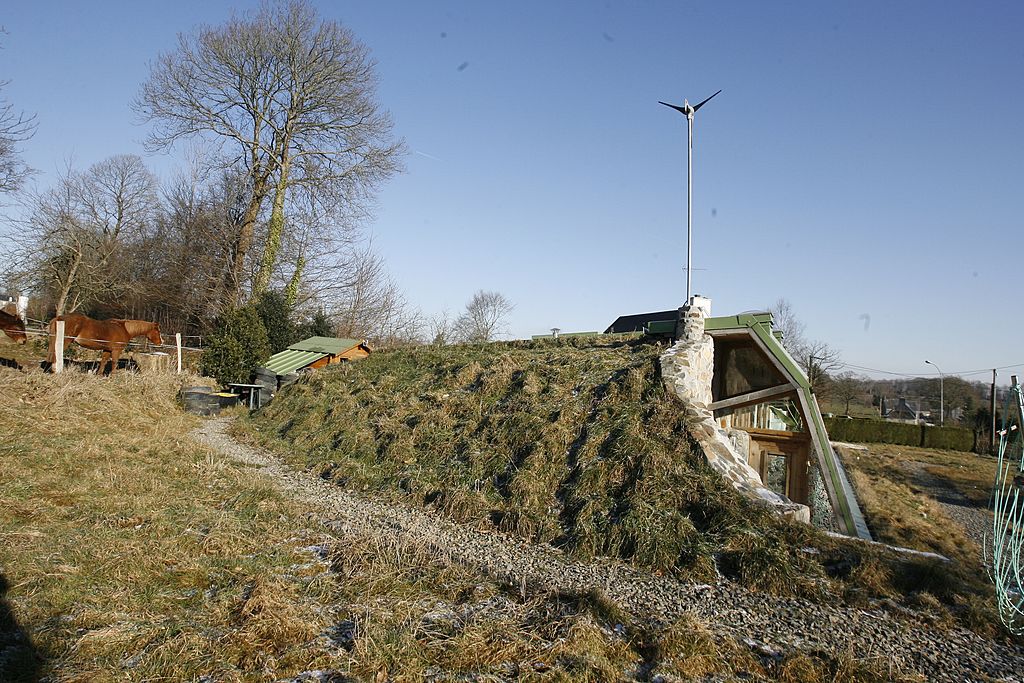If you’re thinking outside the box when it comes to building a home, there are a few avenues you could take. There’s the growing interest in repurposing shipping containers for houses both modest and sprawling. There are more archaic methods of building a home in harmony with the landscape that could easily regain popularity.
And then there’s the concept of the Earthship, which isn’t quite as easy to summarize, but which does seem to be finding a growing array of adherents. Writing at The Washington Post, Nick Aspinwall describes the dwellings as resembling “what Tatooine bunkers in “Star Wars” would look like if the Skywalkers made annual pilgrimages to Burning Man.”
While the surge in popularity for Earthships is new, the history of the concept dates back to architect Michael Reynolds’s work in the late 1970s. Reynolds sought a design that would use recycled materials, exist independently and could be built by an average person.
In the years since then, the concept has gone international in scope — and has been the subject of numerous books and studies to further optimize the designs according to the tenets at the heart of all things Earthship. And it’s not hard to see why the appeal of Earthships is growing, from their reliance upon solar power to the innovative ways in which they use water.
There are some practical concerns, however — the Post‘s article points out that the recycled materials at the heart of Earthships may run afoul of many municipalities’ building ordinances. But the resonance of these core concepts in an age of climate change and natural disasters isn’t hard to explain.
Thanks for reading InsideHook. Sign up for our daily newsletter and be in the know.
